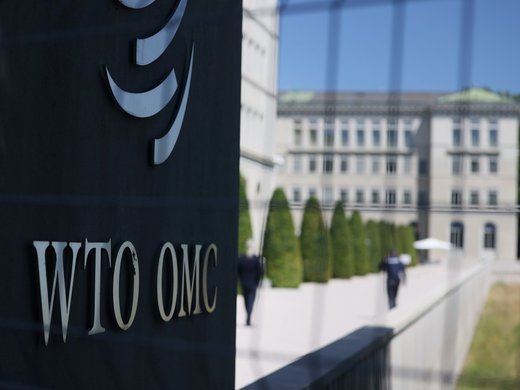Written by CIGI Distinguished Fellow Gordon Smith, this paper is the sixth installment in CIGI’s G20 Paper series. It provides a brief history of the evolution of the Group of Seven (G7) from its origins in the aftermath of the 1971 breakdown of the Bretton Woods system of exchange rates and the oil crisis in 1973, and discusses Russia’s participation at summits after the fall of the Berlin Wall. The paper gives a concise account of the formation of the Group of Twenty (G20) finance ministers and central bank governors in the late 1990s, in the wake of financial crises in Asia and Latin America, which was elevated to a leaders’ summit forum at the outbreak of the global financial crisis in 2008. Smith wraps up the paper with a discussion of the differences in the G8 and G20 models, concluding that the G20 process is still the best option for meeting the challenges of complex global governance issues.
Read the publication in the viewing pane below, or click here to download.


